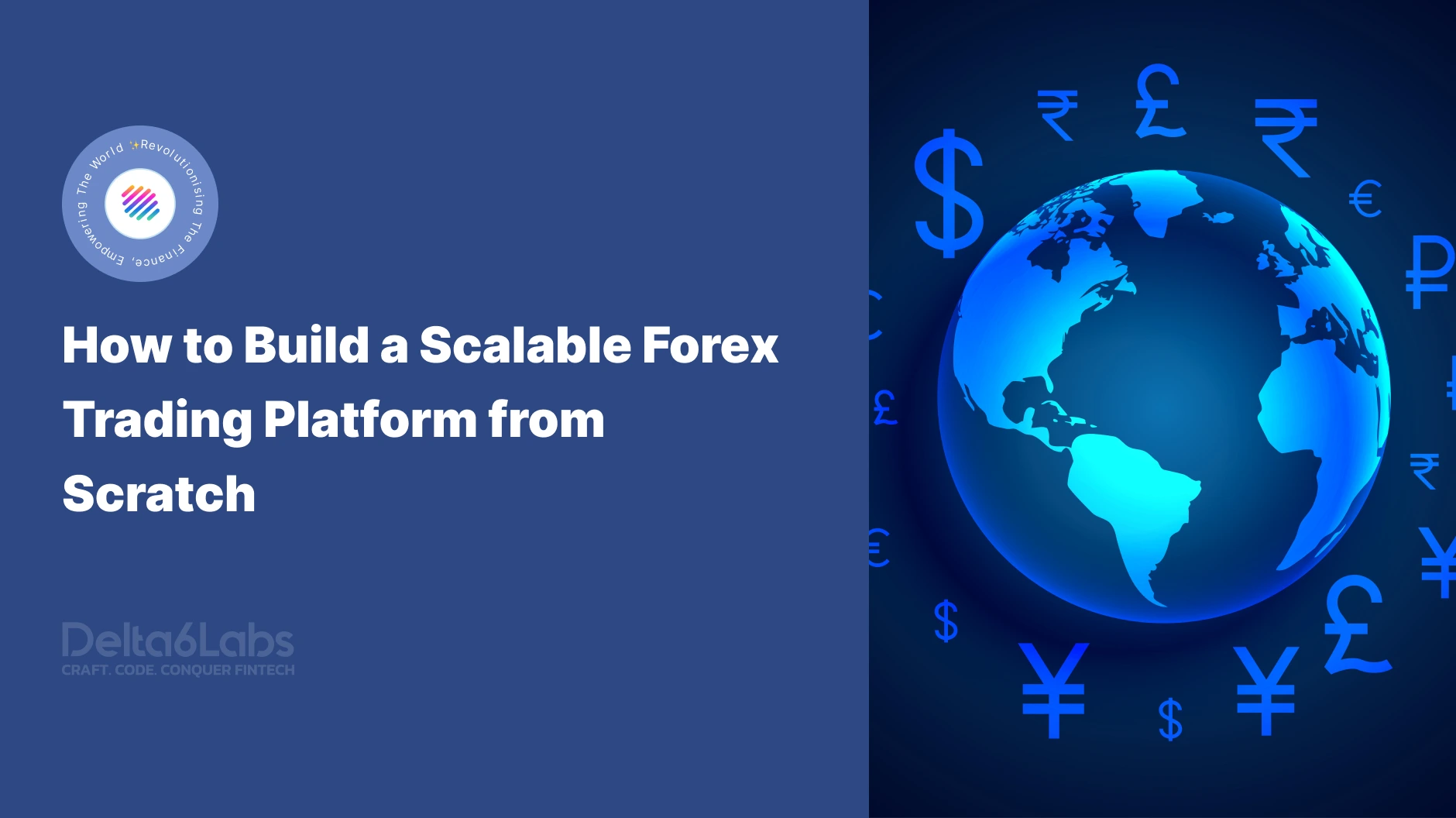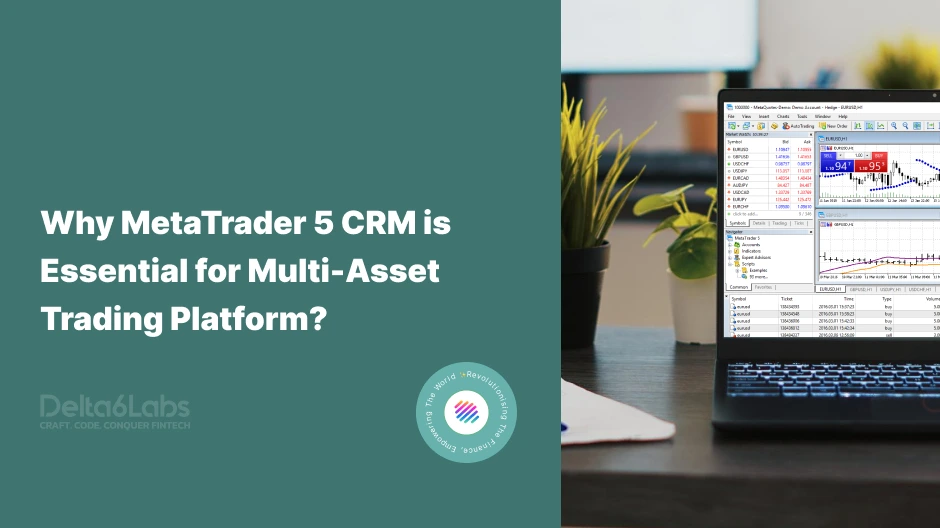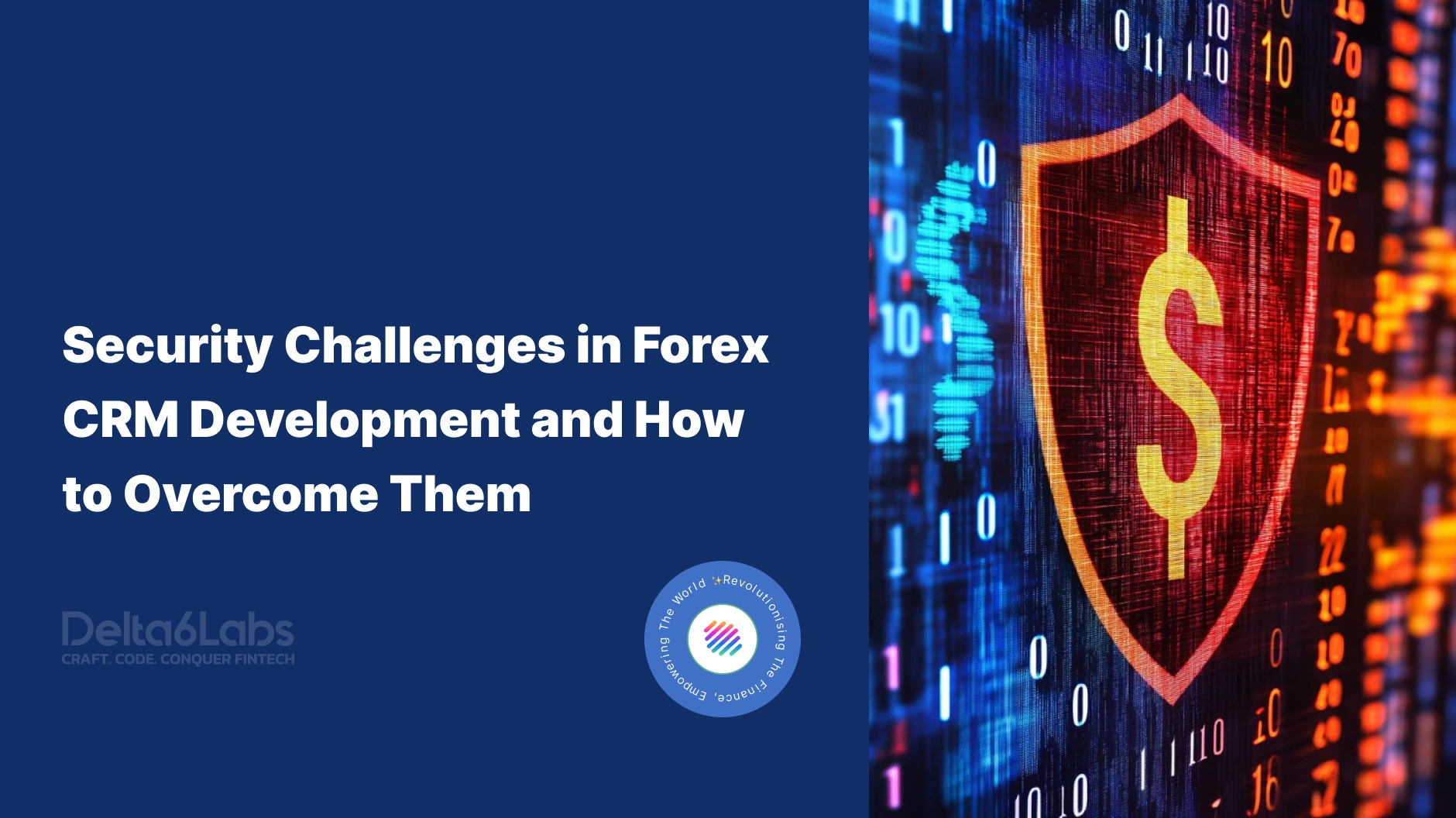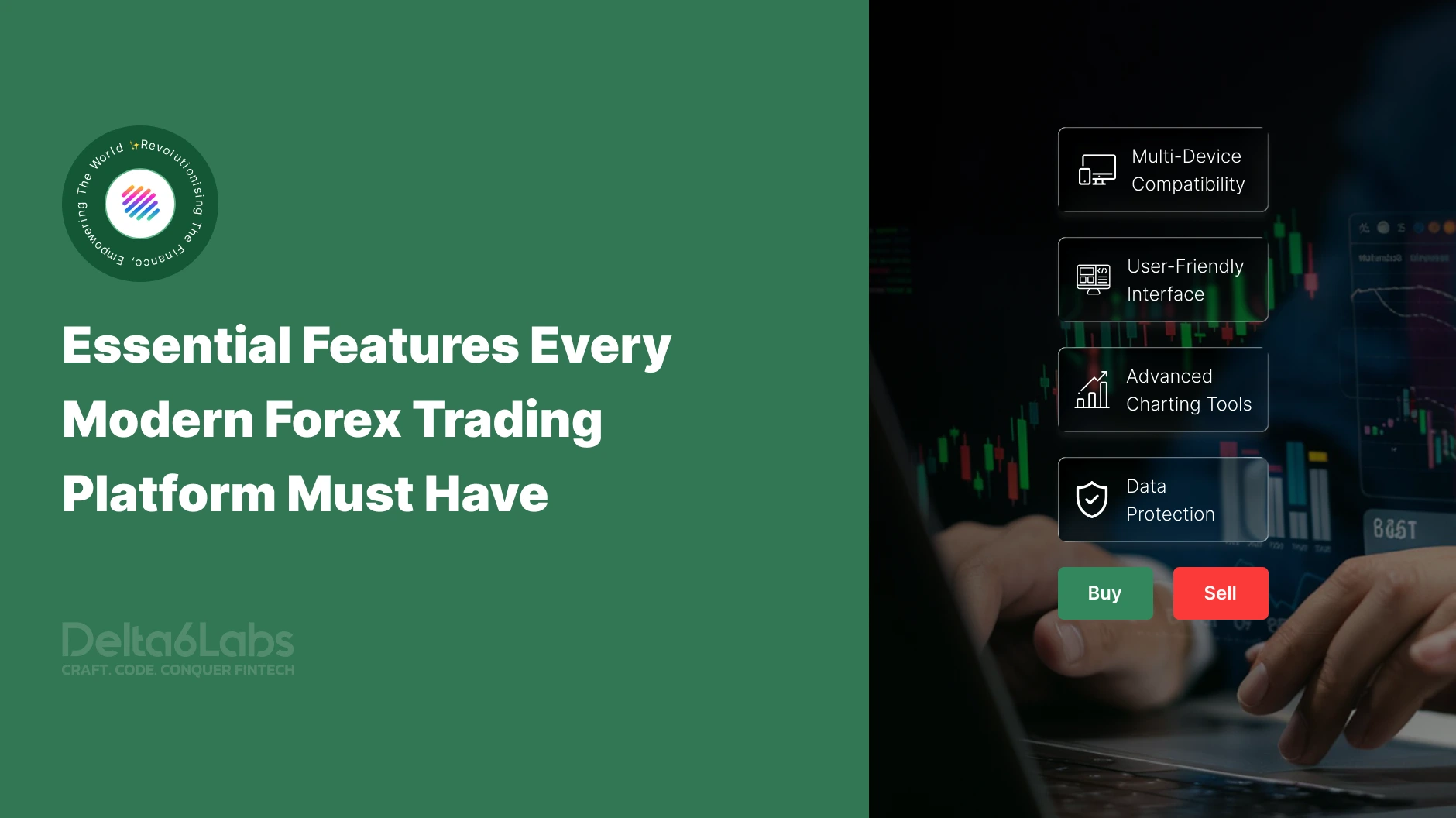How to Build a Forex Trading Platform from Scratch?
Table of Contents
For entrepreneurs and fintech companies, building a forex trading platform from scratch offers enormous potential. However, creating a scalable, secure, and compliant platform requires careful planning, a robust technology stack, and long-term vision. This guide walks through the essential steps to design and build a forex trading platform that can handle growth, ensure user trust, and adapt to market dynamics.
Steps For Building a High-Performing Forex Trading Platform
Here are the steps for building a high-performing forex trading platform:
Step 1: Understand the Forex Market Landscape
Before diving into development, it’s crucial to understand the structure of the forex market. Unlike stock markets, forex operates 24/7 across decentralized global exchanges. Platforms must connect to liquidity providers, brokers, and banking networks to function effectively.
Key elements to analyze include:
- Liquidity Providers (LPs): Who will provide price feeds and order execution?
- Target Audience: Are you building for retail traders, institutional investors, or both?
- Regulation: Different jurisdictions have unique licensing and compliance requirements (e.g., FCA in the UK, CySEC in Cyprus, CFTC in the US).
- Competition: Study platforms like MetaTrader 5, cTrader, or proprietary broker systems to identify gaps.
Step 2: Define Core Features
A successful forex trading platform must include features that support seamless trading and instill trust. Core components are:
- User Accounts & Onboarding: Secure registration, KYC verification, and AML compliance.
- Order Execution Engine: Fast, reliable order matching and execution across market, limit, and stop orders.
- Real-Time Market Data: Price feeds, charts, and technical indicators.
- Risk Management Tools: Stop-loss, take-profit, margin calculators, and leverage control.
- Wallets & Payments: Integration with fiat and digital wallets for deposits and withdrawals.
- Analytics & Reporting: Trade history, PnL (profit and loss), and real-time dashboards.
- Multi-Device Access: Web, mobile apps (iOS, Android), and desktop support.
Advanced features like AI-driven trade suggestions, social trading, and API trading support can set your platform apart.
Step 3: User Experience
A forex trading platform will be successful, only if users find it intuitive and attractive.
- Clear navigation and dashboards.
- Interactive charts and one-click trading.
- Responsive design across devices.
- Customization options like dark mode and personalized layouts.
Step 4: Select the Right Tech Stack
A reliable tech stack drives scalability and performance.
- Front-End: ReactJS, Angular, or Vue.js for responsive UIs.
- Back-End: Node.js, Java, or Python with microservices for modular growth.
- Database: PostgreSQL, MySQL, or Redis for real-time data handling.
- Infrastructure: AWS, Azure, or Google Cloud with Docker and Kubernetes for scaling.
This ensures the platform handles high-frequency trading and thousands of users simultaneously.
Step 5: Security and Compliance
Forex trading involves sensitive data and large transactions, makingsecurity paramount.
- Encryption: Protects data in transit and at rest.
- MFA: Strengthens account logins.
- Anti-DDoS & Firewalls: Prevents downtime during attacks.
- Fraud Detection: AI-driven tools to spot anomalies.
Step 6: Develop the Trading Engine
The trading engine is the heart of a forex platform. It must:
- Execute orders in milliseconds.
- Integrate with liquidity providers.
- Handle leverage and margin trading.
- Support multiple asset pairs.
Step 7: Liquidity and Payments
Liquidity providers ensure tight spreads and smooth order execution. Partner with top-tier LPs to deliver fast and reliable trading. On the payment side, integrate gateways for global coverage, cards, bank transfers, and even crypto wallets, while ensuring PCI DSS compliance.
Step 8: Testing and Deployment
Before launch, platforms must undergo rigorous QA:
- Functional Testing: Validate all features.
- Load Testing: Simulate thousands of users.
- Security Testing: Patch vulnerabilities.
- Regulatory Testing: Verify compliance.
After deployment, continuous monitoring ensures high uptime, minimal latency, and rapid error resolution.
Challenges in Developing FX Trading Platform
- High Costs: From infrastructure to compliance.
- Complex Regulations: Varying across jurisdictions.
- Cybersecurity Threats: Constantly evolving risks.
- Building Trust: Downtime or fund mismanagement can erode credibility quickly.
Anticipating these challenges helps in mitigating risks early.
The Delta6Labs FinTech Era
Collaborating with Delta6Labs FinTech which is a forex trading platform development expert, can make the journey smoother, ensuring compliance, scalability, and innovation from day one. From ideation to deployment and updates, our team will work in collaboration with you to provide a scalable, seamless, and compliance-adhering, forex trading platform.
Final Words
Building a scalable forex trading platform is a complex but rewarding process. It requires a deep understanding of forex mechanics, a strong technology stack, airtight security, and a user-friendly interface. From developing a robust trading engine to ensuring liquidity and compliance, every component must be meticulously planned. In today’s times, when forex trading is just not a method of earning money, but also an instrument to diversify portfolios and gain an edge in the business. In a rapidly growing forex market, the right platform can unlock both trader satisfaction and long-term business success.
Frequently Asked Questions
Disclaimer:
The information on this blog is for knowledge purposes only. The content provided is subject to updates, completion, verification, and amendments, which may result in significant changes.
Nothing in this blog is intended to serve as legal, tax, securities, or investment advice of any investment or a solicitation for any product or service.




